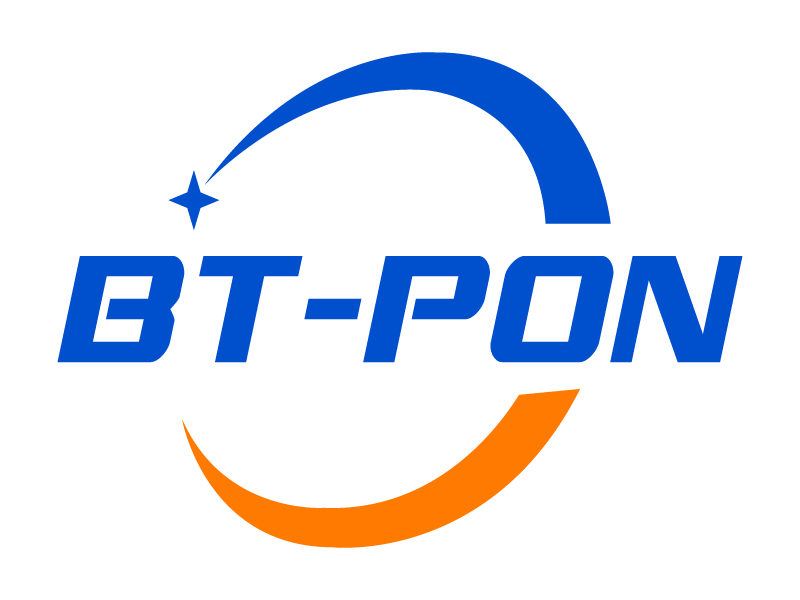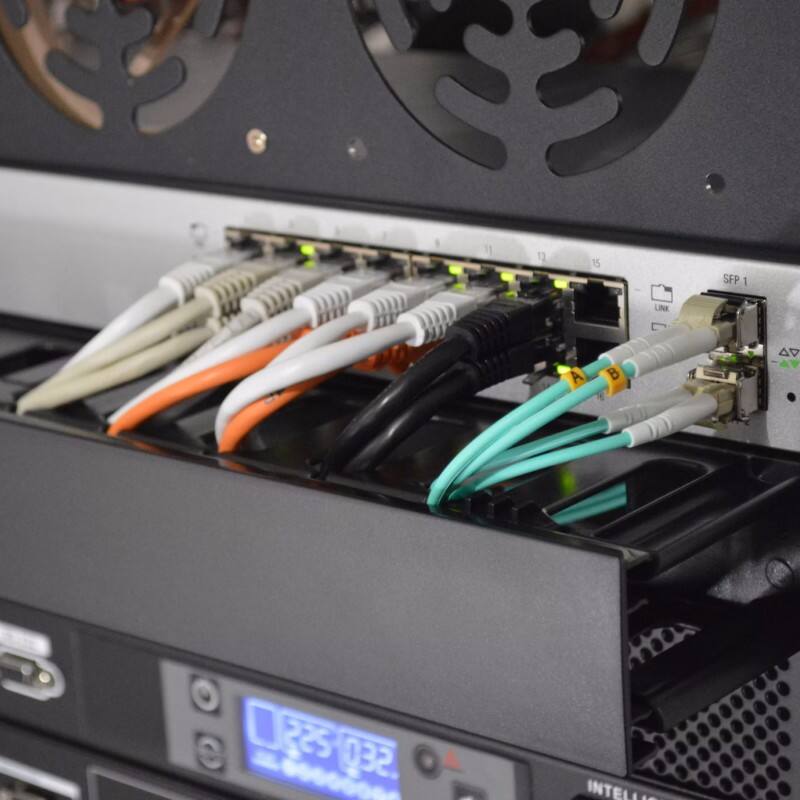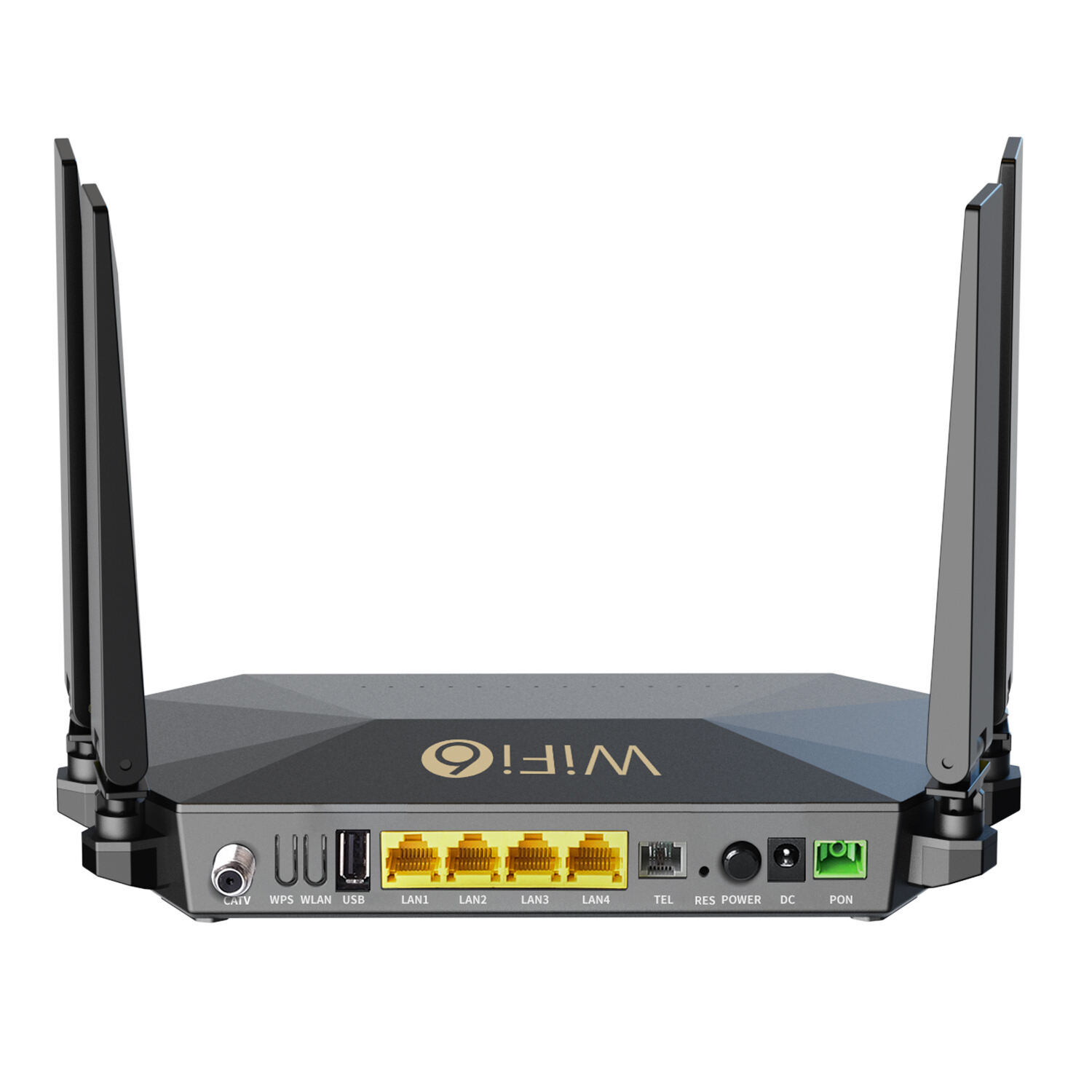BT-PON Fiber Optic Equipment: Revolutionizing Communication Networks
A Short Introduction to Fiber Optic Technology
Fiber optic technology is a way of transmitting data at high speeds and for long distances using light. It depends on fiber optic cables that are made from thin threads of glass or plastic fibers designed to carry light signals. Key benefits of fiber optics include high bandwidth capacity, low signal attenuation, and immunity to electromagnetic interference.
Important Parts of Fiber Optic Equipment
1.Fiber Optic Cables
Fiber optic cables form the basis of any fiber optic network. They contain core fibers that transmit light and cladding which reflects the light back into the core, with an outer layer serving as protection. These cables are designed to carry large amounts of data without significant signal degradation making them ideal for broadband internet, television, and telephony services.
2.Transmitters and Receivers
Transmitters and receivers change electrical signals into optical signals or vice versa.Transmitters pass light pulses through the fiber optic cable encoding information for transmission.Receivers then convert these optical signals back into electrical signals which can be interpreted by devices such as computers and phones.
3.Optical Amplifiers
Optical amplifiers enhance the intensity of the light signal without converting it first to an electrical signal thus maintaining data integrity over long distances. For long-haul fiber optic networks, these amplifiers are indispensable in order to keep the strength and clarity in sending from source to destination.
4.Fiber Optic Splitters and Couplers
Splitters split one beam into many beams while couplers join together multiple beams onto one beam increasing networking efficiency thereby maximizing resource utilization.This makes it possible for a single cable to serve several points.
5.Multiplexersand Demultiplexers
Multiplexers (Mux) merge multiple signals together so that they can be transmitted over one fibre while demultiplexers (Demux) separate them once they reach the receiving end. This technology called wavelength-division multiplexing (WDM) greatly increases the number of channels in a fiber optic network by allowing multiple channels on one fiber.
6.Optical Switches
Optical switches are used to control light signal routing within a network which results in flexibility and efficiency.It allows for dynamic changes of network structures for instance maintenance, upgrade or load balancing without service interruption.
Uses of Fiber Optic Equipment
1.Telecommunications: Fiber optics underpin high-speed Internet, VoIP and cable TV services that enable smooth data flow.
2.Medical: Fiber optics play an important role in precise diagnostics and treatment using endoscopes and imaging devices.
3.Military: Secure communication systems with huge bandwidths are reliant on fiber-optic technology.
4.Industrial: Automation systems as well as sensors rely on fiber optics to reliably transmit data even under tough conditions.
To sum up, fiber optic equipment is necessary for today’s digital world because it gives a platform for fast and reliable communication networks that can handle large amounts of information. Each component from transmitters, amplifiers, cables to switches plays an important role in maintaining the effectiveness and performance of these networks. Consequently, as technology continues advancing, this will still be leading hence driving various industries towards innovation and connectivity as far as fibre optic technology is concerned.
 EN
EN
 AR
AR BG
BG CS
CS DA
DA NL
NL FR
FR DE
DE EL
EL HI
HI IT
IT JA
JA KO
KO NO
NO PL
PL PT
PT RO
RO RU
RU ES
ES SV
SV TL
TL ID
ID SR
SR VI
VI SQ
SQ HU
HU TH
TH TR
TR FA
FA MS
MS HY
HY AZ
AZ KA
KA BN
BN LO
LO LA
LA NE
NE MY
MY KK
KK UZ
UZ



